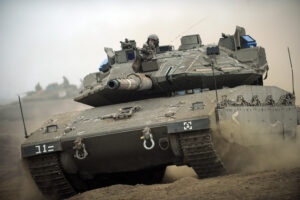Brazing and Soldering Explained

Brazing and soldering mutually symbolize one of many methods utilized to join two or more metals. A joint is essentially completed in metal by employing an alloy of two or more metals to hot-glue them. Hot-glue means sticking the metals together on a molecular level, therefore creating a considerable joint.
Brazing and soldering create smooth and curved final products at the joints` margin. These two procedures include heating the joint surfaces and the metals under extremely high temperatures. They are almost the same, though the main difference is the temperature used in either method. The filler metals melt over 4500C for Brazing, while solder metals melt at less than 4500C. Continue reading to find out more about their differences;
Soldering
Solder metals are melted by use of heat from a temperature-regulated soldering iron. As mentioned above, they melt at temperatures of less than 4500C. A flux is employed during soldering to cleanse the metal’s surface, permitting the liquid filler metal to flow smoothly over the base metal.
The base metals ideal for joining by soldering are silver, brass, gold, iron, and copper. Filler metals utilized in soldering were usually lead-based, but they have been switched with silver, antimony, copper, bismuth, and indium due to new regulations. Tin is also another filler metal that can be utilized in soldering; if you want to find out more about Tin, visit, the tin sheet metals supplier.
Brazing
Brazing is basically an increased-temperature soldering version. There are a few alternatives to Brazing like induction, torch, furnace, and vacuum brazing. Irrespective of the method you use, the filler metal melts at over 4500C, but not higher than the base materials they`re joint with. While the filler metal is usually heated marginally above its melting point, it is shielded by a seemly atmosphere, typically achieved by a flux.
Some of the metals fit for Brazing are steel, aluminum, silver, gold, copper, silver, and nickel. Filler materials include silver, aluminum, nickel, cobalt, gold, and copper. These filler materials are typically alloyed with different elements to achieve the necessary features and performance.
Differences Temperature
Brazing is mainly achieved under temperatures of over 4500C, but lower than the metal’s critical temperature. However, soldering utilizes filler alloys that melt at temperatures of less than 4500C.
Applications
Soldering is often utilized in the electronic industry to create a permanent connection between the components. It is used mostly in engine parts, electronics, arts, plumbing works, and metal works like jewelry. It is commonly employed to link cables to component leads like switches. At times the filler metals can be ingots; visit for more information on some tin Ingots.
On the other hand, Brazing is utilized to enhance wetting and to get rid of oxides from the base metals, making it easier for the filler metals to bond well with the base metals. It joins various kinds of metals, excluding magnesium and aluminum. Also, it is employed in the automotive industry.














